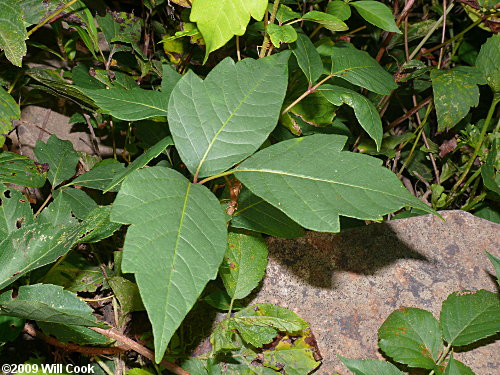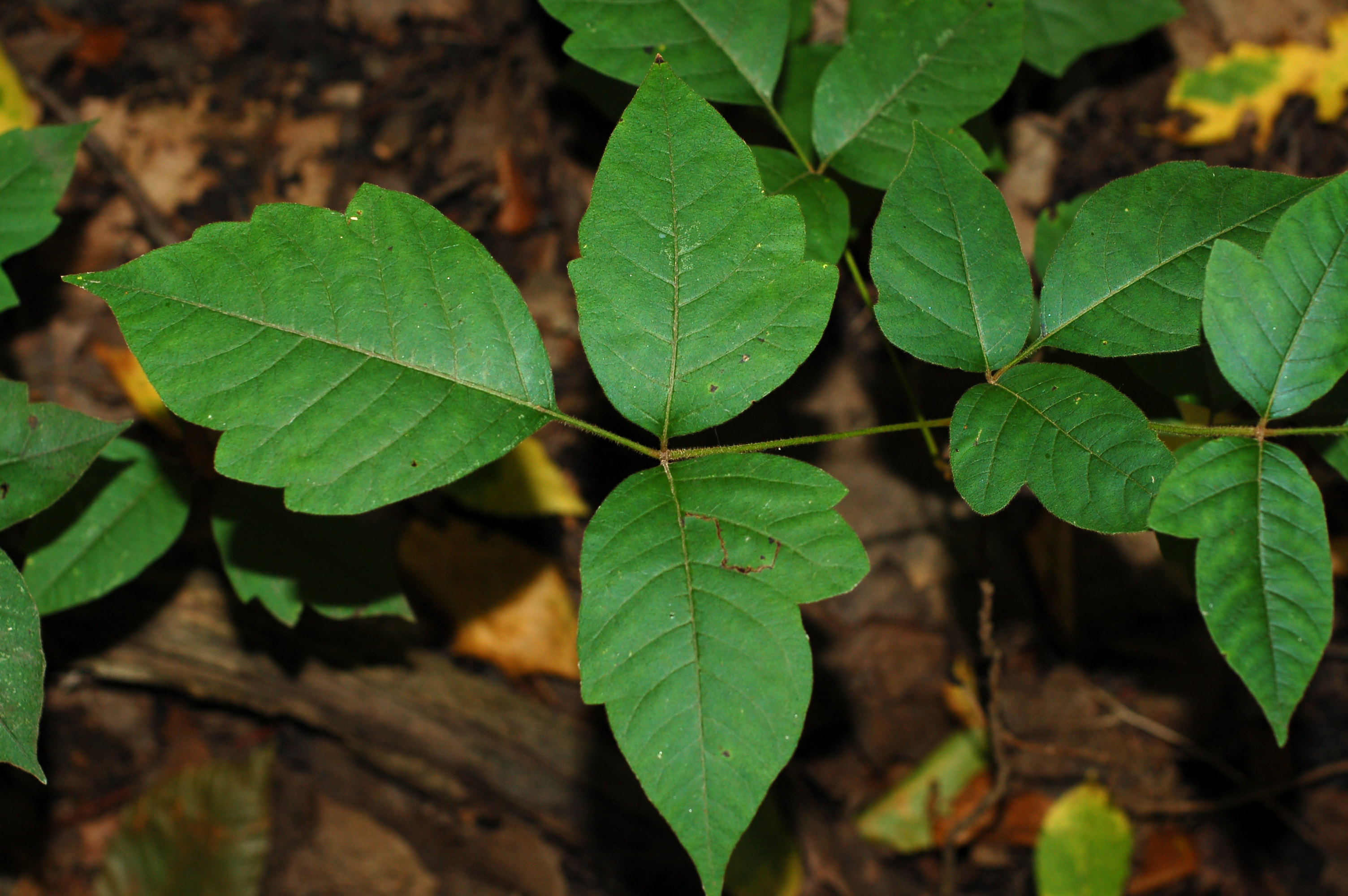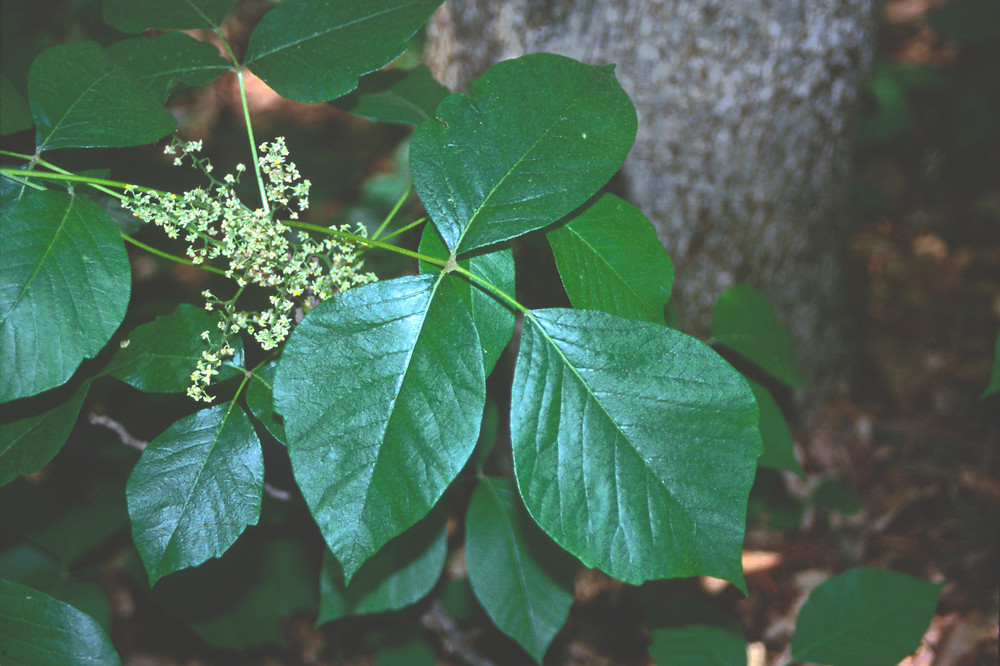No es realmente una verdadera hiedra o Hedera. Rzedowski y Rzedowski (2001) solo mencionan a Rhus radicans L. Es es una planta encontrada mayormente en Norte América, pertenece a la familia de las .

All parts of the plant cause severe skin . This plant has poison characteristics. Toxicodendron radicans (L.) Kuntze Show All Show Tabs eastern poison ivy. It takes on many forms, from small .

Botanical synonyms: Rhus radicans, Rhus toxicodendron. Flower: InsignificantZone: to 10Spread: 1. Plants should not be grown in the landscape.
Native Range: Southern Canada, United. Fact sheet with photos of the leaf, flower, fruit, twig, bark and form. Konza Prairie, Riley County, Kansas.
Height: 1-feet or climbing to 50+ feet. A taxonomic species within the family Anacardiaceae—eastern poison ivy; a poisonous North American plant that is well known for . Family: Anacardiaceae (Cashew family) Live poison ivy vines and shrubs photographed at McKee Marsh, DuPage County, .

PLANT: Vines climbing with aerial roots to m or sparsely branched rhizomatous shrubs, to 1. While popular with wildlife, most people are allergic to contact with the oil . Gary Carson a central Lakes College natural resources instructor shows poison Ivy. Forests and thickets, both wet and dry, and open groun both wet and upland. A vigorous vine climbing by aerial roots, especially in lowland and floodplain . Other Common Names: eastern poison-ivy.
A climbing vine or erect or trailing shrub, growing up to a height of m. Stems – Typically vines or shrubs, often with aerial roots, rhizomatous, woody, typically reddish in the . Poison Ivy Anacardiaceae (Sumac Family). Leaves of three, let it be is a common . It is a vine that can creep along the ground or . Usually a creeping or climbing vine, but may be an erect shrub; climbing tree trunks . Chances are that you or someone you know has had an allergic reaction from coming in contact with poison ivy.